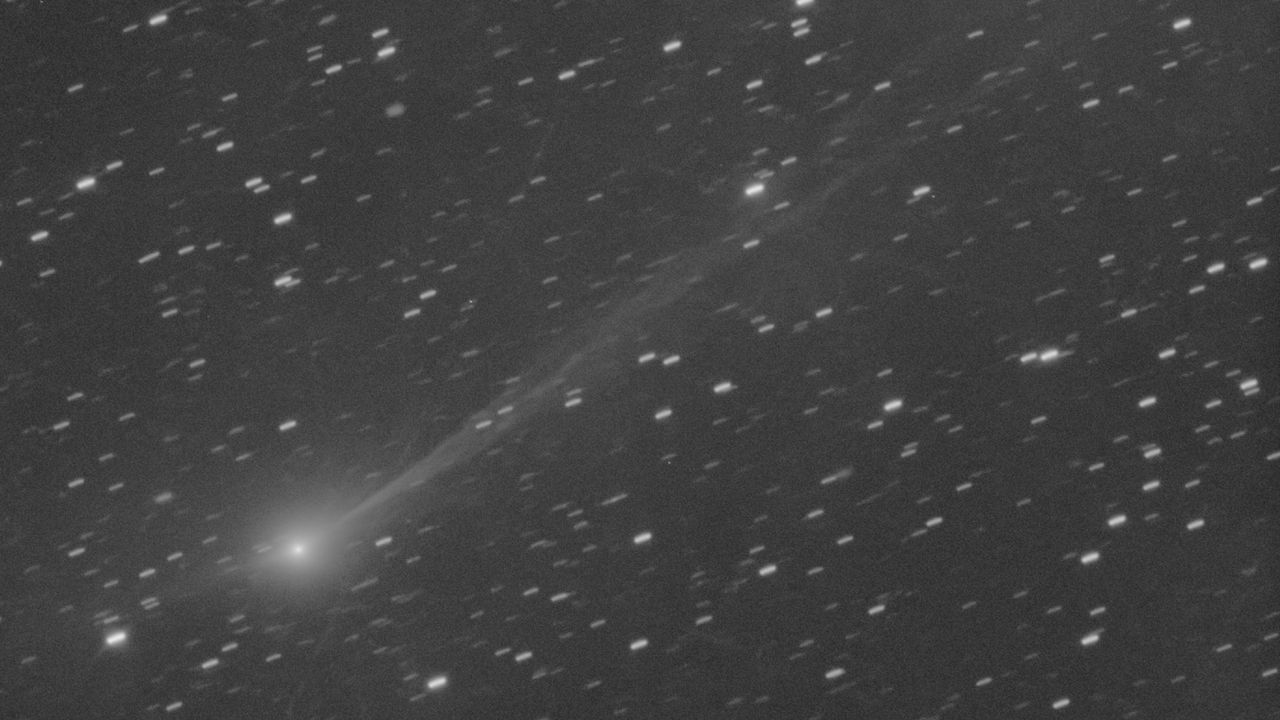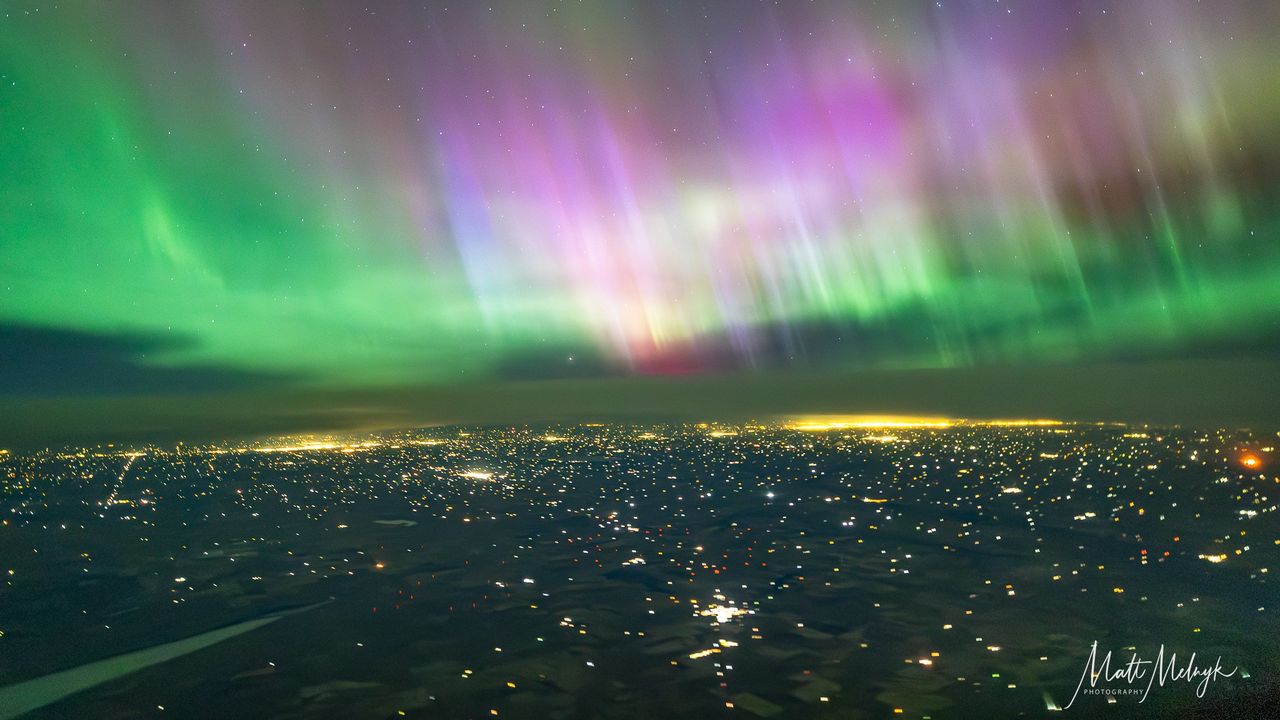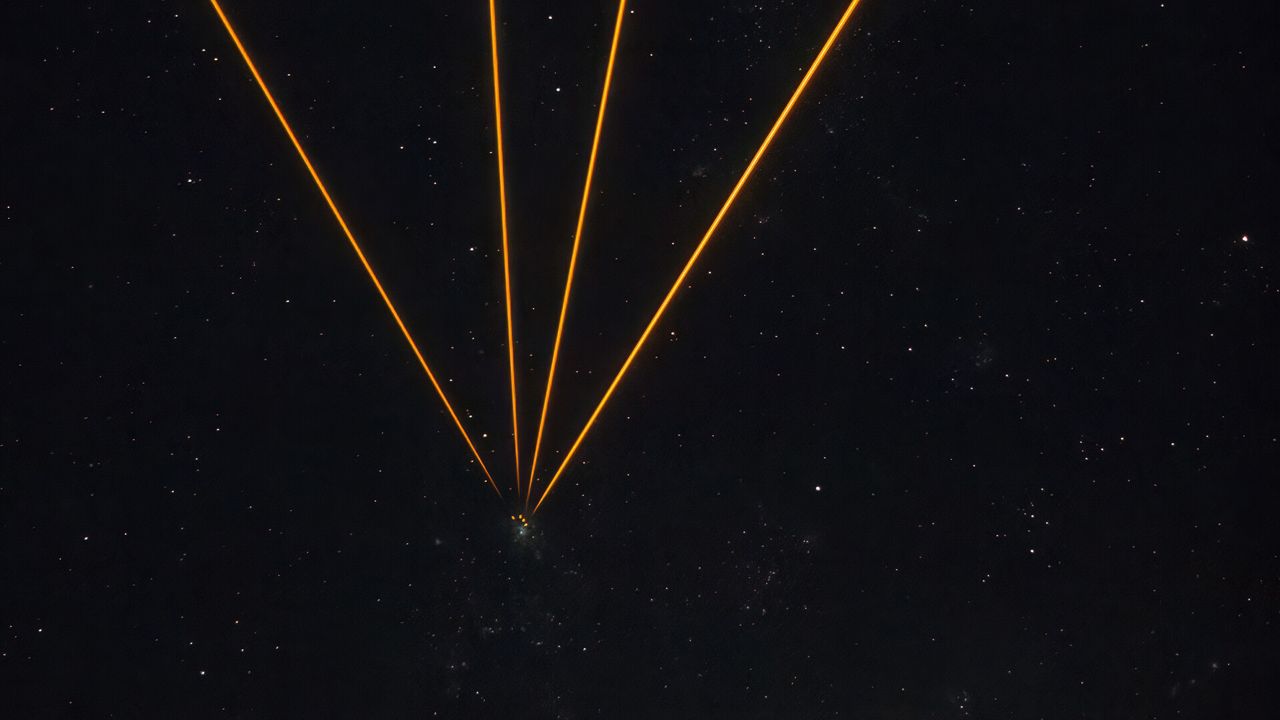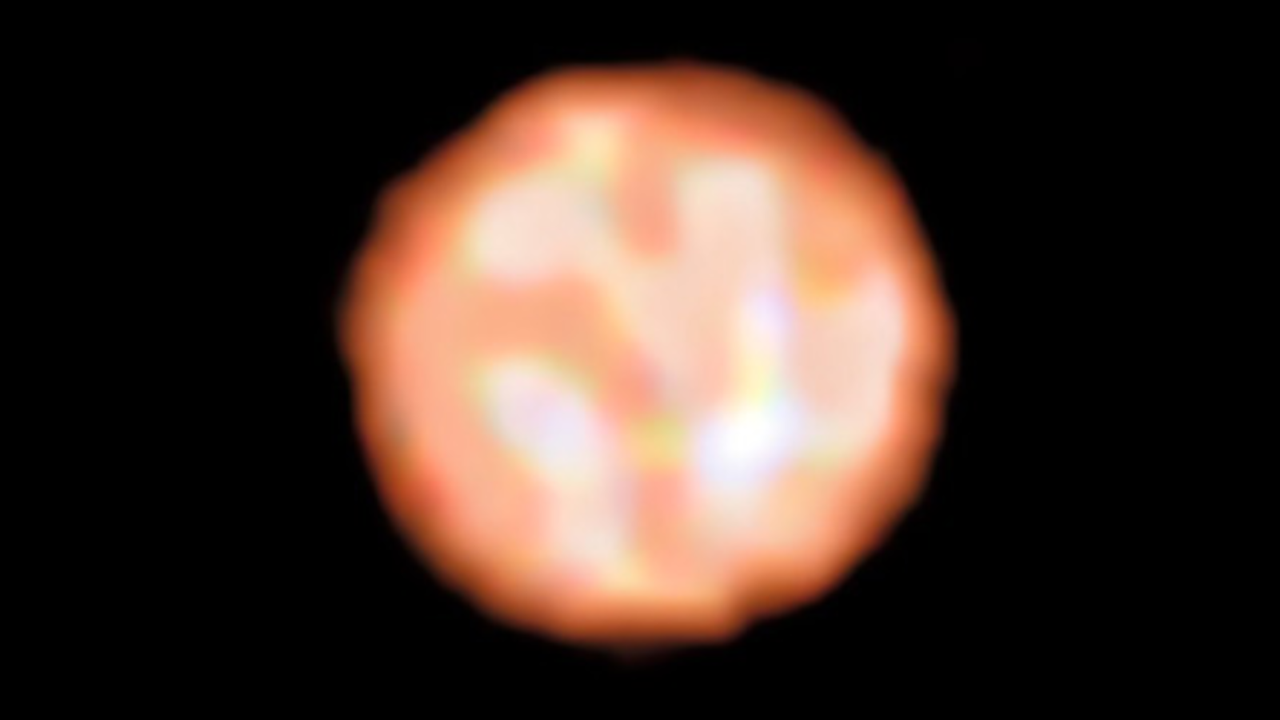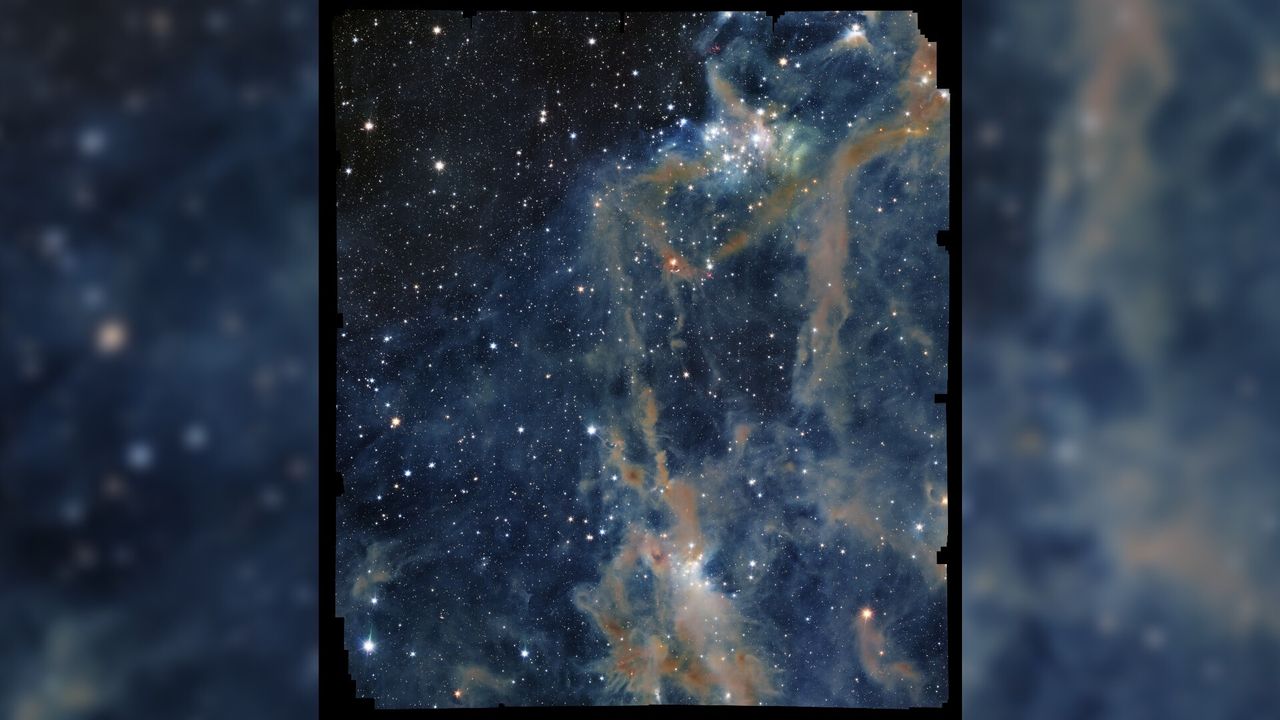Do the cores of dead stars exist forever?
NeutralScience
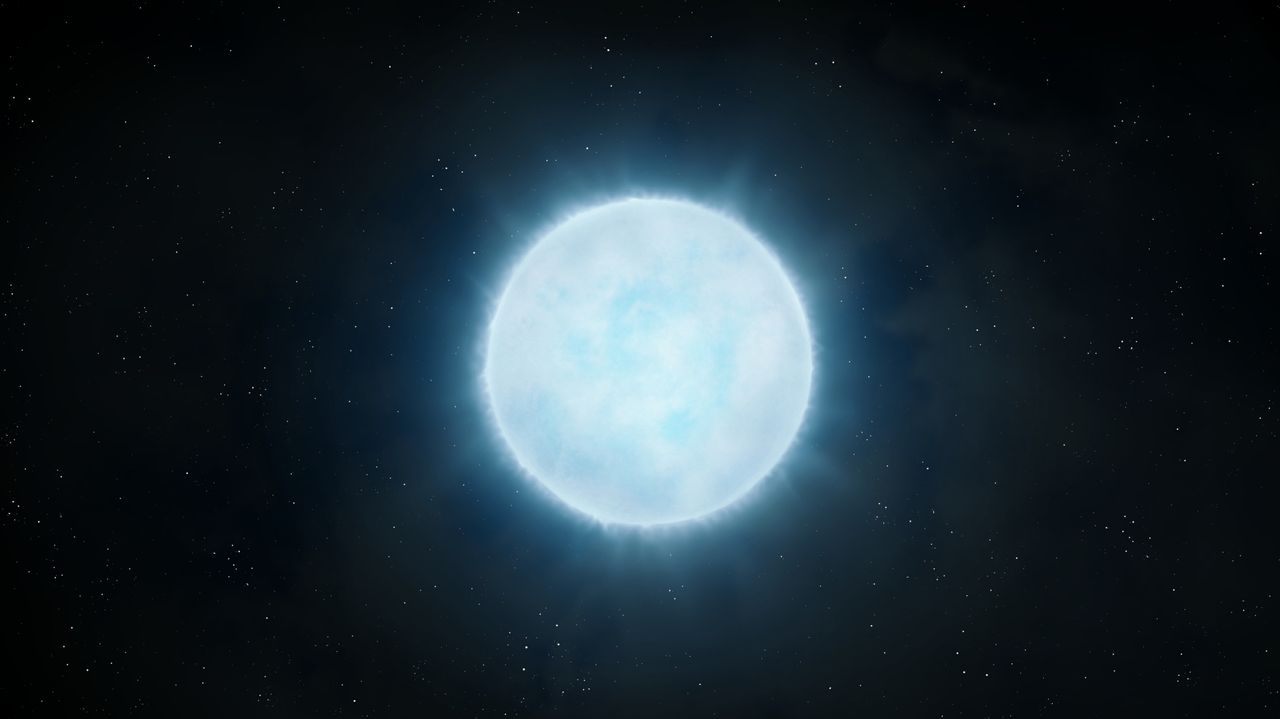
- The cores of dead stars, specifically white dwarfs, are known to exist indefinitely after regular stars collapse. This stability of white dwarfs presents a unique aspect of stellar evolution, prompting further inquiry into their characteristics and longevity in the cosmos.
- Understanding the nature of white dwarfs is crucial for astrophysics, as these remnants can offer insights into the life cycles of stars and the fate of stellar material. Their enduring presence challenges existing theories about stellar death and the lifecycle of matter in the universe.
- The discussion surrounding white dwarfs also intersects with the potential for life in their vicinity, as recent studies suggest that planets orbiting these stars may harbor oceans capable of supporting life. This connection highlights the broader implications of stellar evolution on astrobiology and the search for extraterrestrial life.
— via World Pulse Now AI Editorial System
